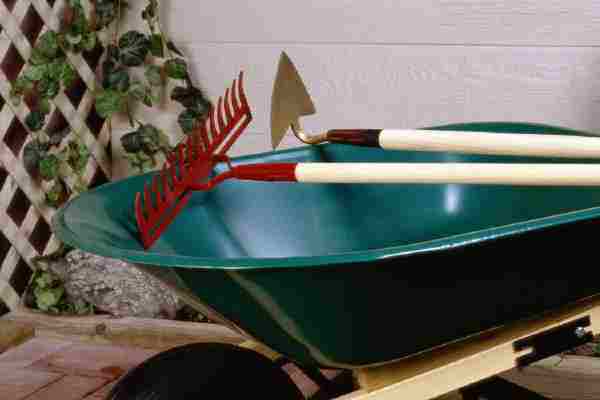MULCH
For your home vegetable garden

There are several different mulch types that can be used in your home vegetable garden. I want to provide you information on different types so you can make an informed decision on what is best to use in your garden - while also being frugal and looking for the easiest ways to save money.
Frugal Tip - It helps maintain soil tempature and moisture so you get the most bang for your buck when watering garden plants.
Using it can reduce weed growth by making it unfavorable for germination of weeds to grow and by providing a barrier against weed growth. It can save you a lot of time weeding the garden. A thick layer of organic mulch is effective in the reduction of annual weeds in your home vegetable garden. It also allows the soil to stay moist making it easier to pull those stubborn weeds that have found their way through the mulch barrier. Such weeds are dandelions or other tap rooted weeds. To control those stubborn perennial weeds, use black plastic or thick layers of newspapers.
Note - It modifies the soil temperature. Using plastic in the spring will warm the soil increasing early plant growth. Organic types such as straw or hay act as an insulating barrier keeping the soil cooler and should be applied later in the season.
The organic type will add nutrients to the soil in the decomposition process. This improves the soils moisture holding capacity. It should be applied after your garden plants are well established. You want to pull all the weeds before spreading over the bare soil between your garden plants. You should apply before the weather turns hot. Rain water absorption will be slowed a bit by it so do not place over dry soil. Water the soil thoroughly or wait for a good rain before applying it.
Plastic films and paper are inorganic types and should be applied prior to planting. Black Plastic should be spread over the soil that has been completely prepared for your plant seeds and is thoroughly watered. Place the black plastic over the soil, then bury or use landscaping anchors to prevent it from blowing away. Cut slits in it for seeding and setting transplants. To allow for more water absorption for the soil, cut additional slits in the plastic.







